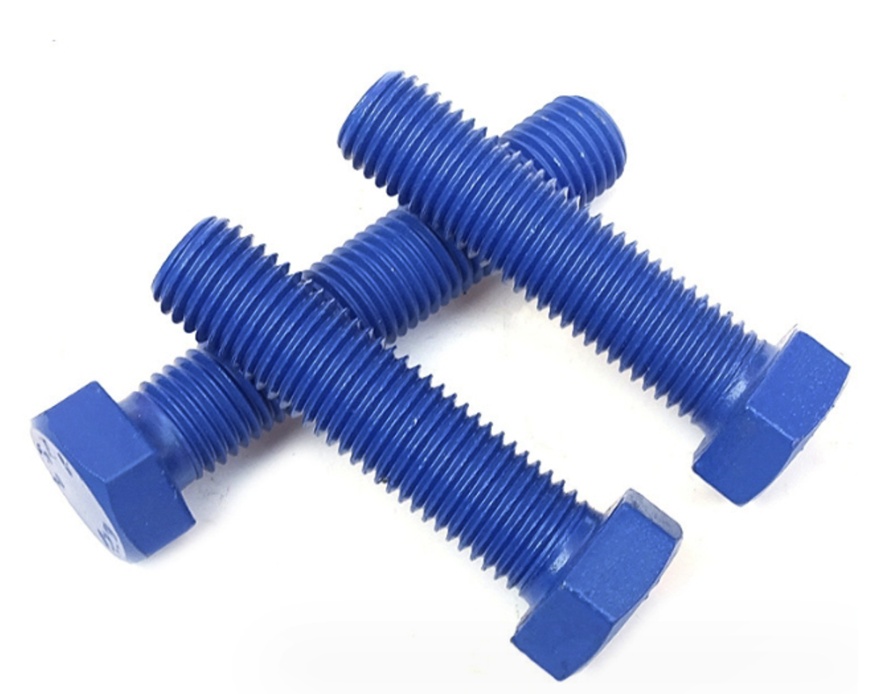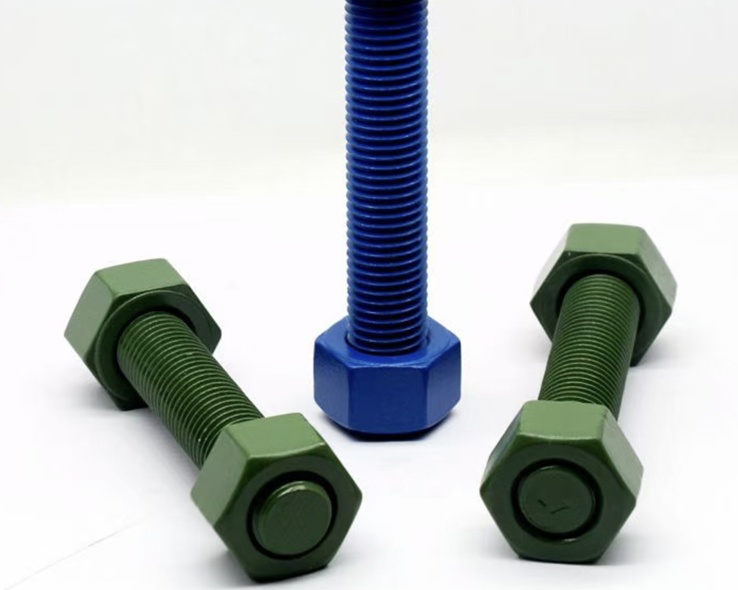Difference between ASTM A350 LF2 and ASTM A105
Both ASTM A105 and A350-LF2 are very common grade for forged carbon steel piping components. While, ASTM A105 is designed for ambient and high-temperature service; ASTM A350-LF2 is signed under ASTM A350 standard,which is a forged grade for low-temperature service with Charpy V-Notch impact energy testing. Basicly ,they can different grade under different standards.
In this page,you would find detail description for ASTM A105 and A350 LF2 marterials
ASTM A105 &ASTM A350 LF2
- Material Composition:
- ASTM A105: A105 is a specification for carbon steel forgings intended for use in pressure systems at ambient and higher-temperature service conditions. It typically contains carbon (0.35% max), manganese (0.60-1.05%), phosphorus (0.035% max), sulfur (0.040% max), and silicon (0.10-0.35%).
- ASTM A350 LF2: A350 LF2 is a specification for low-temperature carbon steel forgings for use in low-temperature service applications. It has a similar chemical composition to A105 but with stricter limits on sulfur and phosphorus content. A350 LF2 typically contains carbon (0.30% max), manganese (0.60-1.35%), phosphorus (0.035% max), sulfur (0.040% max), silicon (0.15-0.35%), and copper (0.40% max) as an optional element.
- Mechanical Properties:
- ASTM A105: A105 has specified mechanical properties including tensile strength, yield strength, and elongation, which vary depending on the forging class and size. It is suitable for use in moderate-temperature applications.
- ASTM A350 LF2: A350 LF2 is specifically designed for low-temperature service applications and has enhanced toughness compared to A105. It typically has lower maximum tensile and yield strengths compared to A105 but exhibits superior impact resistance at low temperatures.
Main differences between ASTM A105 and ASTM A350 LF2 is the Impact (Charpy V-Notch) requirement
A105 does not requrie the charpy V-Notch,While,A350 LF2 reuqired 20 ft·lb (27 J) at −50 °F
What if you need A105 with a low temperature chapry testing?
No worries,we can supply ASTM A105/ASTM A350-LF2 DUAL CERTIFIED Material
Which means,our A105 material can reach 20 ft·lb (27 J) at −50 °F
Comparion Table for ASTM A105 and ASTM A350 LF2
| Spec | A105 | A350-LF2 | A105/A350-LF2 |
| Tensile Strength Min, psi | 70,000 | 70,000-95,000 | 70,000-95,000 |
| Tensile Strength Min, N/mm² | 485 | 485-655 | 485-655 |
| Yield Strength Min, psi | 36,000 | 36,000 | 36,000 |
| Yield Strength Min, N/mm² | 250 | 250 | 250 |
| Elongation (%) | 22 | 22 | 22 |
| Reduction of Area (%) | 30 | 30 | 30 |
| Hardness, maximum | 187 | 15/12 ft-lbs | 15/12 ft-lbs |
| CVN at -50℉ | 20/16 joules | 20/16 joules |
When to Use ASTM A105 or A350 LF2?
- Choose A105 when:
- Your system operates at ambient or elevated temperatures
- impact testing not required
- for general industrial use
- Choose A350 LF2 when:
- Your system operates in cryogenic or low-temperature environments
- Specification requires Charpy impact testing
- designing for pressure vessels, LNG, or arctic service
ASTM ASTM A105/A350 LF2 Dual Certified grade.
What if you need A105 with a low temperature chapry testing?
No worries,we can supply ASTM A105/ASTM A350-LF2 DUAL CERTIFIED Material
Want to know more about our ASTM A350 LF2 Flanges?


